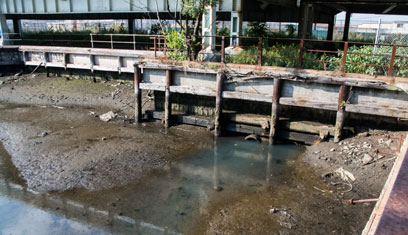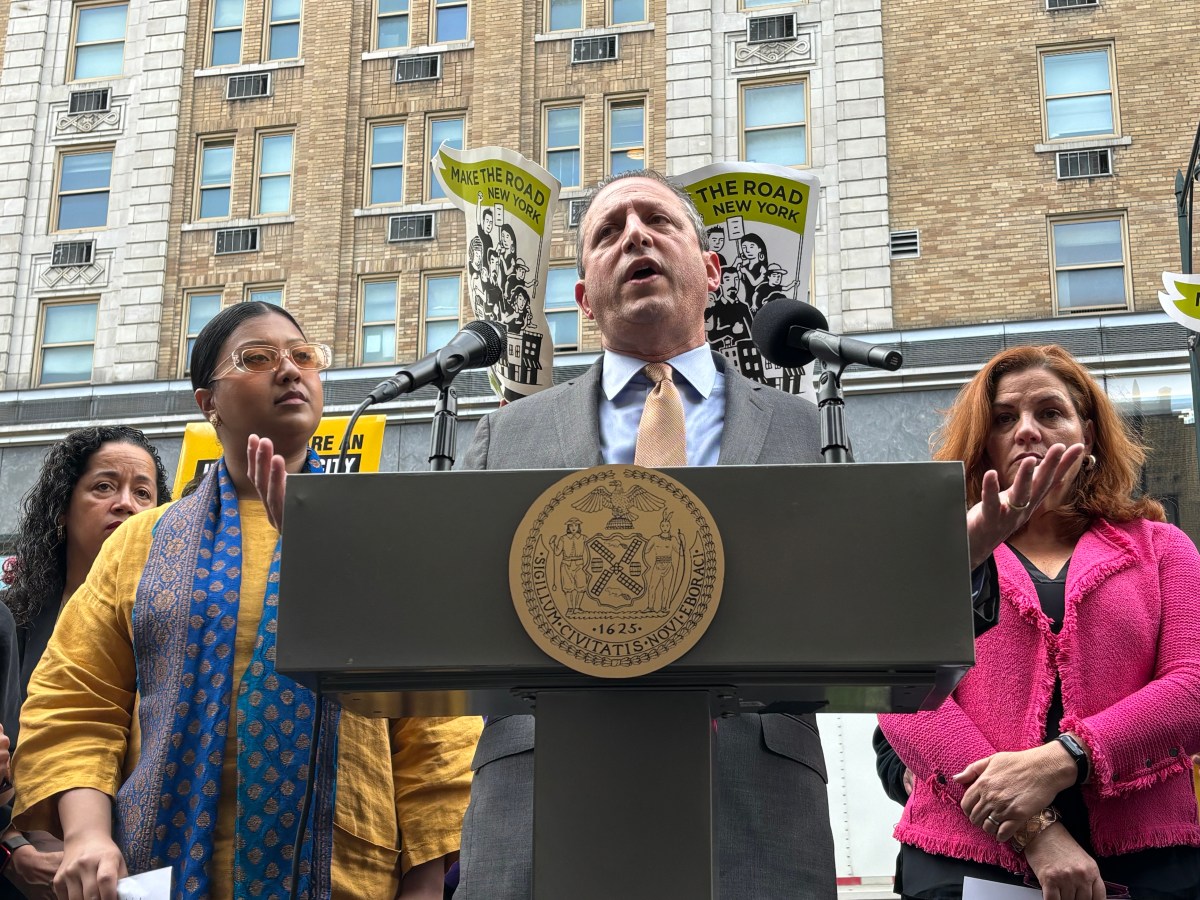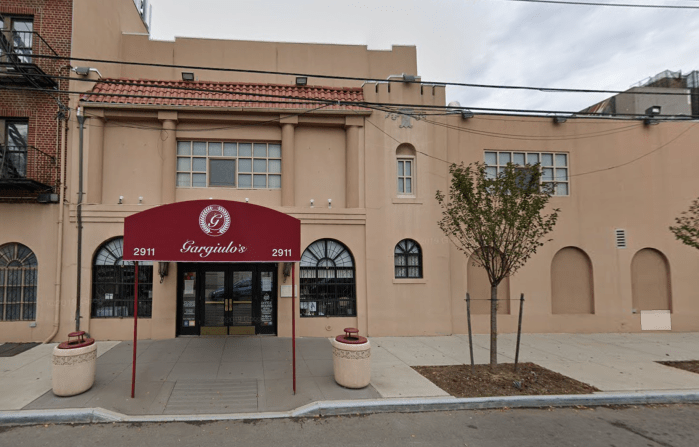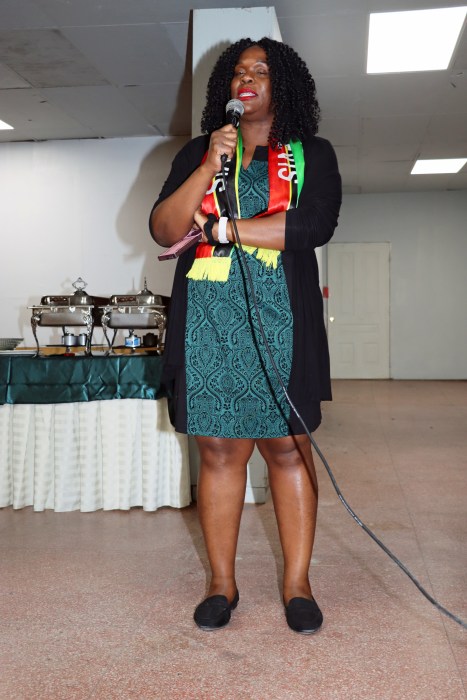They’re cashing in on the Coney Island Creek.
State officials are doling out more than $250,000 to four environmental organizations for projects the groups say will help purify the poo-filled waters of Coney Island Creek over the next two years.
The distribution of the cash, which is part of a fine the state Department of Environmental Conservation previously levied against a notorious polluter of the creek, underscores officials’ promise to tackle environmental issues in the neighborhood, according to a rep for the agency, which in February put out a call for proposals to clean up the filthy waterway.
“These grants will fund several projects that will benefit the Coney Island Creek and community,” the department’s regional director Steve Zahn said following the Nov. 27 announcement of the funds. “Investments like these will help show our continued commitment to addressing environmental challenges faced in this community.”
The money is part of a $400,000 fine the agency in January collected from operators of Gravesend’s Beach Haven Apartments, whom environmental whistleblowers in 2016 discovered were dumping up to 200,000 gallons of raw sewage into the creek daily, possibly for years.
State environmental bigwigs allocated $300,000 of the fine money to leaders of the federally backed National Fish and Wildlife Foundation, who will now administer $266,500 of that cash to the following organizations, to fund conservation programs to protect and restore fish, wildlife, and habitat in the area that include:
• $30,000 to the City Parks Foundation for its Coastal Classroom Program, which will offer coastal ecology lessons and “environmental-stewardship activities” to students and other locals at nearby Kaiser Park.
• $99,940 to the Wildlife Conservation Society’s Urban Naturalist Initiative, which will teach high-school students about the creek’s biodiversity, and how to conduct ecological research and recruit residents to help clean up the creek, among other activities.
• $60,000 to the city’s Department of Parks and Recreation to expand the agency’s Coney Island Creek Shorekeepers program, which is comprised of a group of volunteers who clean up the creek. The cash will fund “education, technical training, and stewardship activities focused on recruiting environmental volunteers” to help take care of the waters.
• $76,560 to the National Audubon Society to fund its For the Birds environmental-education program, which will offer programming about birds native to the area and the creek’s habitat to locals, including students and families.
Leaders of the National Fish and Wildlife Foundation will keep the remaining $33,500 to cover administration fees related to overseeing the four programs over the next two years, according to a Environmental Conservation Department spokeswoman.
The four groups receiving the money are expected to begin their projects within six months, and wrap them no later than 18 months from their start dates, the spokeswoman said.
The National Fish and Wildlife Foundation received nine proposals for Coney Creek-focused projects from community-based and regional organizations earlier this year. Some of its independent experts then reviewed the lot and selected the four organizations above, recommending the state fund their projects based on their relevance, accuracy, completeness, and compliance with the request for proposals, according to the spokeswoman, who said decision makers placed priority on projects that would have a direct impact on the creek and the shoreline.
The remaining $100,000 in fine money paid by operators of the Beach Haven Apartments will be split between the American Littoral Society, an organization that promotes the study of coastal marine life and habitat, and the Environmental Conservation Department, which will use the funds to pay for staff who help inspect and clean waters including Coney Creek, the agency spokeswoman said.
The American Littoral Society already used its $50,000 lump sum to pay for seven shoreline cleanups and three planting projects along the creek’s shores last summer, during which 15 local students over eight weeks fished out more than 2,000 pounds of debris from the waterway, and planted 10,000 culms of beach grass and 50 beach plum shrubs on the its banks to protect sand and soil from erosion, according to the Society’s Jamaica Bay program director, Don Riepe.
























